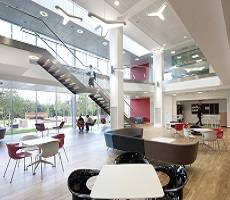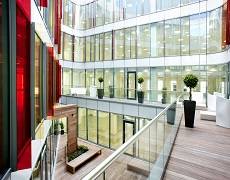October 3, 2013
Where’s the desk? UK offices weighed down by paper clutter
 We’ve been hearing about the paperless office for more than two decades, BYOD (or CYOD) is supposed to replace ‘dead trees’; but we’re still drowning in paper. Today, the average UK desk is weighed down by almost a stone of clutter – with over a fifth of office workers losing important documents at least once a week, according to office equipment manufacturer Brother. Recent research by the EDM Group echoed these findings, estimating that employees wasted one and a half hours a week looking for misplaced documents and information. One of the causes is the sheer amount of information and data employees now receive, with over half (56%) in the EDM poll claiming that they receive more information at work than they did three years ago. (more…)
We’ve been hearing about the paperless office for more than two decades, BYOD (or CYOD) is supposed to replace ‘dead trees’; but we’re still drowning in paper. Today, the average UK desk is weighed down by almost a stone of clutter – with over a fifth of office workers losing important documents at least once a week, according to office equipment manufacturer Brother. Recent research by the EDM Group echoed these findings, estimating that employees wasted one and a half hours a week looking for misplaced documents and information. One of the causes is the sheer amount of information and data employees now receive, with over half (56%) in the EDM poll claiming that they receive more information at work than they did three years ago. (more…)
























October 8, 2013
More than half of twenty-something UK men would like all male offices, claims survey
by Mark Eltringham • Comment, Workplace
(more…)